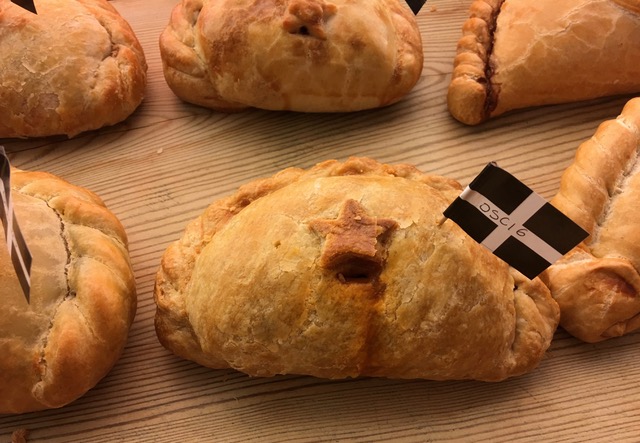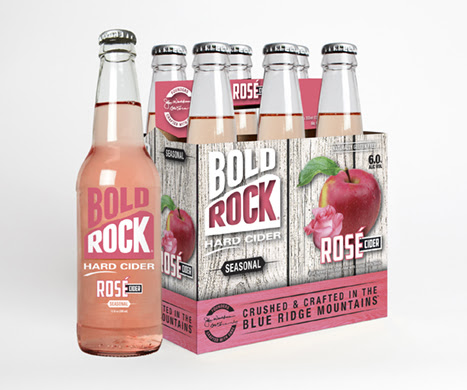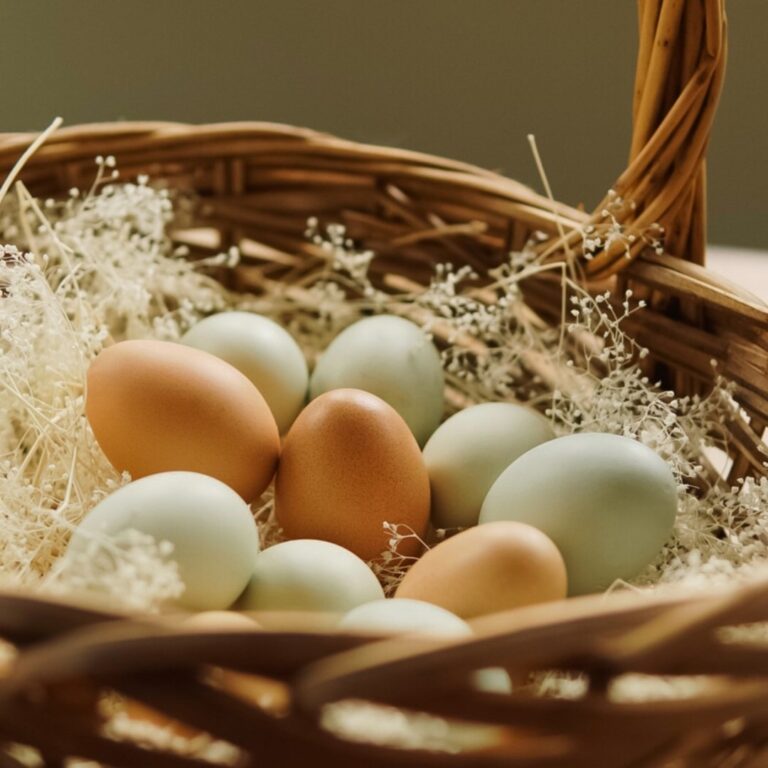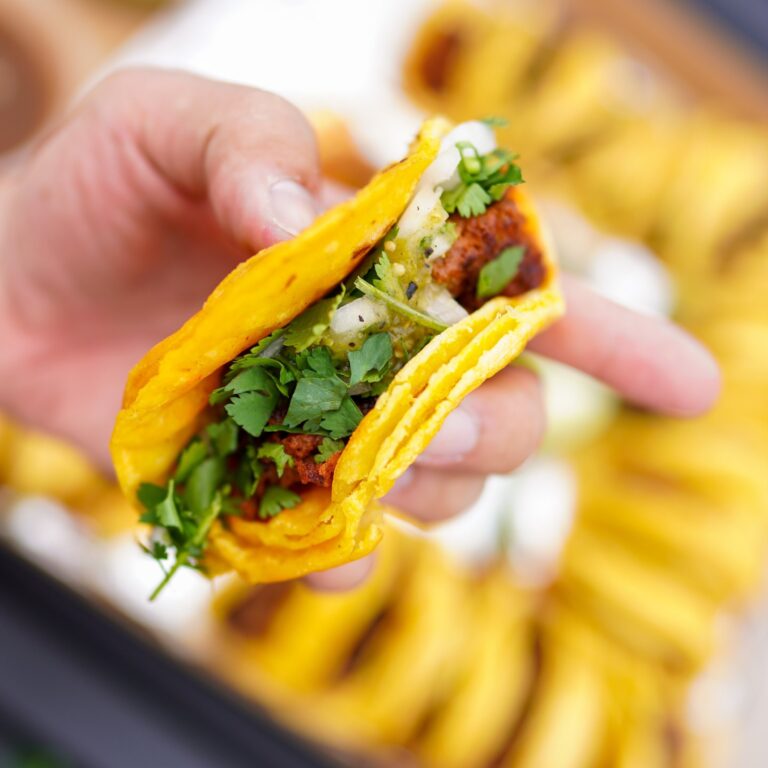Slurp! It’s Virginia Oyster Month!
Image: Rappahannock Oyster Co.
Celebrated as the Oyster Capital of the East Coast, Virginia actually out-oysters the entire country in terms of its annual production of both wild-harvested and farm-raised bivalves. Take it from us: There’s nothing like tossing down a Virginia oyster with a nice glass of Virginia wine or a frosty craft brew to go along with its salty, sweet, buttery fabulousness—ideally gazing out on some Chesapeake Bay tidelands or the Atlantic while you do it.
Explore the Commonwealth’s uncommonly awesome shellfish scene on the Virginia Oyster Trail, equal parts foodie heaven and natural and cultural sightseeing. Want to know more? Keep on readin’!
Vocab Lesson: “Merroir”
Maybe you know the term terroir, a French word describing the flavor profile of a specific wine as produced by its growing region’s climate, soil, and other environmental factors. Well, allow us to introduce you to the analogous concept for oysters: merroir, which captures how strongly an oyster’s tang evokes the particular qualities of the waters in which it comes of age. Virginia’s fabulous estuarine and coastal diversity, anchored by America’s biggest estuary (Chesapeake Bay), translates to one of the great destinations in the world for experiencing the ins-and-outs of merroir.
(We trust you’ll be dropping “merroir” at your next cocktail party or barbecue, and maybe whipping it out on the old Scrabble board, too—you’re welcome.)
Virginia’s Merroir Magnificence: The State’s Eight Oyster Zones
Virginia hosts eight official oyster regions, each with its own merroir stamp: Seaside, Upper Bay Eastern Shore, Lower Bay Eastern Shore, Upper Bay Western Shore, Middle Bay Western Shore, Lower Bay Western Shore, Tidewater, and Tangier/Middle Chesapeake Bay.
From the sweetwater creaminess of the Upper Bay Western Shore to the muscular salty goodness of a Seaside oyster, there’s undoubtedly the perfect oyster flavor for your palate across this amazing spectrum—and maybe you’ll find your taste buds embracing the whole darn lineup.
Virginia & its Oysters: An Age-old Relationship
American Indians celebrated the natural abundance of Chesapeake Bay’s oyster beds: Indeed, the word “Chesapeake” derives from an Algonquin word meaning “Great Shellfish Bay.” English settlers were bowled over by the bounty, which proved life-saving during the Jamestown colony’s “Starving Time” famine of 1609.
Oysters have been foundational to the livelihood and lifestyle of the legendary Chesapeake Bay watermen, the commercial fishermen, and fisherwomen who ply their trade in deadrise workboats.
At the time of English settlement in Virginia, an estimated 200,000 or so acres of oyster reefs thrived in Chesapeake Bay’s fertile brackish ecosystem. By the early 2000s, only about two percent of the original oyster-bed extent remained here, but dedicated ecological restoration efforts involving many different stakeholders have helped turn that drastic decline around.
Oyster Farming
Oyster aquaculture—more technically, mariculture (more Scrabble ammunition for you!)—has been a part of that recovery: not just by providing a sustainable source of Virginia oysters in the greater Chesapeake Bay watershed, but by easing pressure on wild populations and expanding oyster reefs through the shell-recycling programs widely practiced here.
The Oyster Trail
Take it from us, shucking, slurping, and sipping your way along the Virginia Oyster Trail is sheer foodie bliss! Whether you’re taking a watermen tour the bay, enjoying a platter at a seafood-focused restaurant, or pairing oysters with adult beverages at a winery or brewery, every mile of the Oyster Trail is paved with deliciousness.
It’s not only oyster farms and wining-and-dining establishments along the Oyster Trail, either: It also features historical sites and state parks, art galleries and boutiques, plus some fascinating interpretive facilities such as the Virginia Aquarium & Marine Science Center and the Reedville Fishermen’s Museum.







